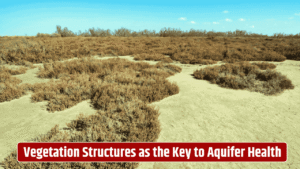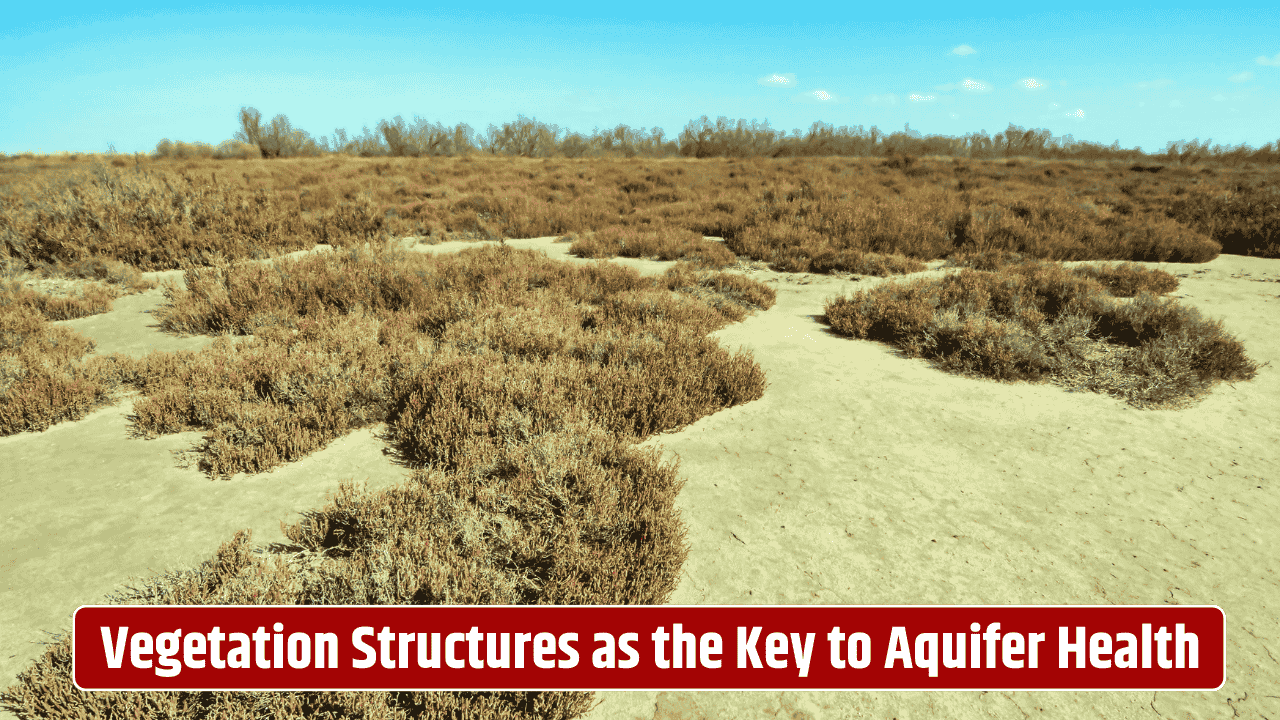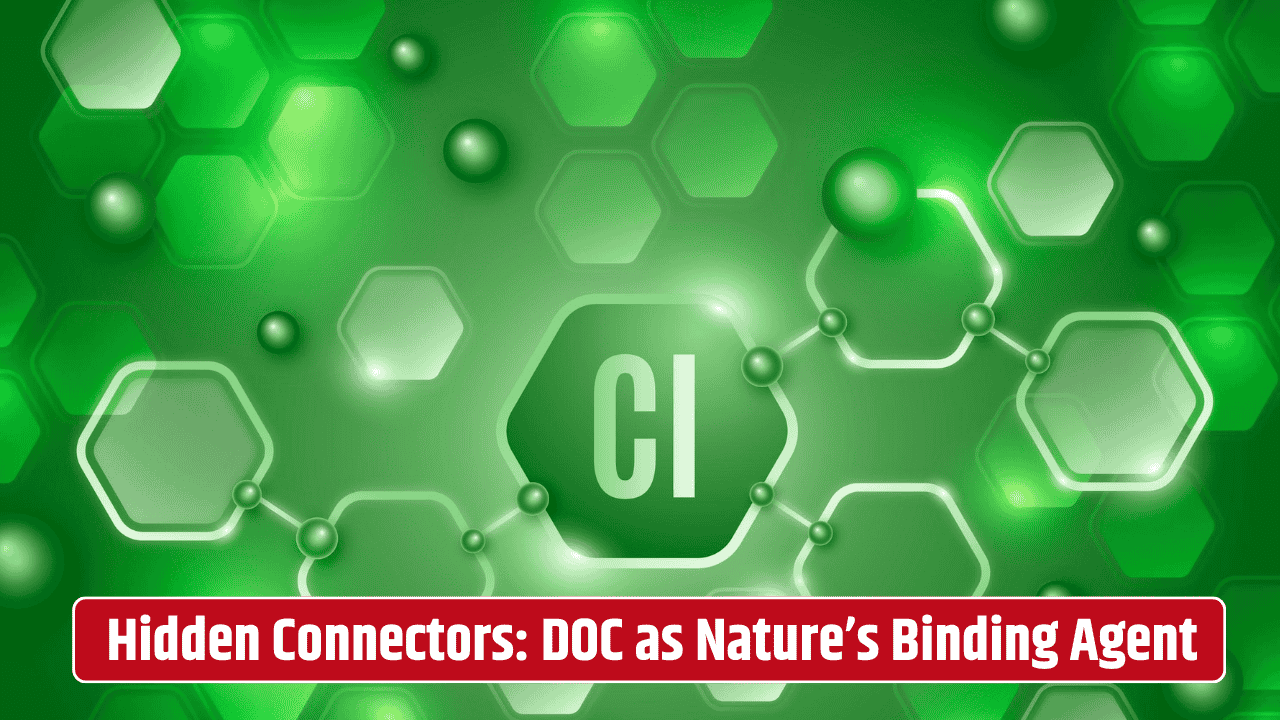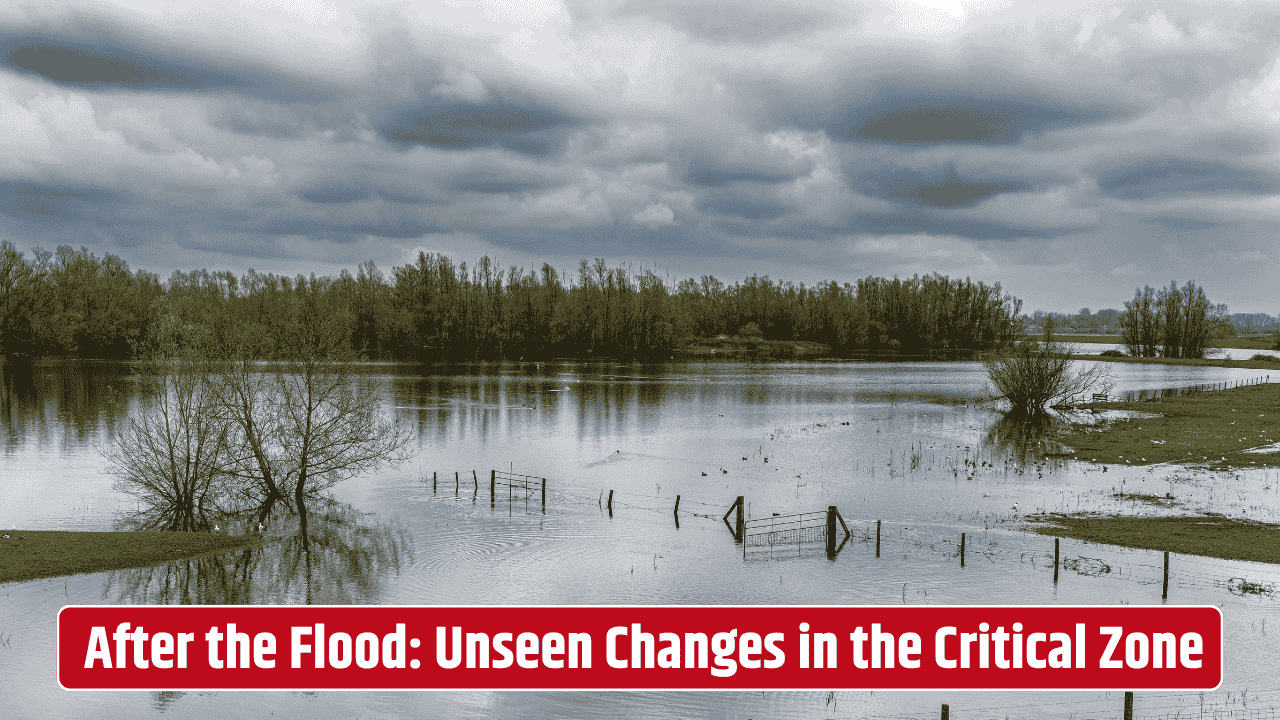There’s something oddly poetic about deserts. At first glance, they look like lifeless wastelands, just dust and rocks scattered endlessly under the sun. But if you dig—literally and figuratively—you’ll find that these dry landscapes are far from static. Beneath the surface, minerals are constantly shifting, breaking down, and reshaping in ways that not only define the desert itself but also ripple out to influence global cycles of water, carbon, and even climate.
What scientists call the Critical Zone—that thin layer from the top of the tree canopy down to the groundwater—is where this transformation happens. And in arid zones, the drama of dust and mineral change plays out like a slow-motion story written over centuries.
Table of Contents
Why Arid Critical Zones Matter
Think of arid critical zones as natural laboratories. Unlike humid regions, where rainfall washes and weathers minerals quickly, deserts evolve at a crawl. That makes every change easier to track. Scientists often say that these regions act like “time capsules,” holding clues to how landscapes respond to climate change, tectonic shifts, and human activity.
For example, mineral transformations in deserts directly affect soil fertility (or lack thereof). They shape how dust storms carry particles across continents, sometimes fertilizing faraway ecosystems like the Amazon rainforest. They even impact how much carbon dioxide gets stored or released in the ground. It’s all connected, in that classic butterfly-effect way.
The Dance of Minerals in Drylands
In these drylands, the mineral story starts with rock. Over time, heat, wind, and sparse rain crack and crumble rocks into smaller pieces. But it doesn’t stop there. Minerals like feldspar slowly alter into clay minerals, and salts (think gypsum or calcite) can accumulate in surprising quantities because there isn’t enough water to flush them out.
This leads to unique soil profiles in deserts, often layered like a cake with carbonates, sulfates, and clays stacked together. Some layers form hard crusts called caliche, which are so tough they’ve been used in construction. Meanwhile, fine dust particles escape into the wind, traveling thousands of miles before settling in distant oceans or mountain ranges.
| Process | Key Minerals Involved | Impact on Landscape |
|---|---|---|
| Physical weathering | Quartz, feldspar | Creates sand and dust, builds dunes |
| Chemical alteration | Feldspar → clay | Influences soil fertility |
| Evaporation-driven | Gypsum, calcite, halite | Builds salt flats and caliche layers |
| Dust transport | Fine clays, carbonates | Fertilizes distant ecosystems |
Dust as a Global Connector
One of the most fascinating aspects of arid mineral transformation is dust. When you hear about Saharan dust clouds reaching the Caribbean, it’s not just a pretty sunset filter—it’s a massive nutrient delivery system. Calcium, iron, and phosphorus hitch rides across the Atlantic, enriching ecosystems thousands of miles away.
NASA has tracked these dust plumes with satellites, showing just how far desert processes extend their influence. According to the U.S. Geological Survey and NASA Earth Observatory, these mineral migrations are crucial for balancing global biogeochemical cycles. So in a strange way, what crumbles in the desert helps sustain life in the rainforest.
Human and Climate Footprints
Of course, it’s not all a romantic tale of natural cycles. Human land use—like overgrazing, irrigation, or mining—can accelerate erosion and dust emissions, sometimes choking entire regions with unhealthy air. Climate change is another wildcard, pushing drylands to expand while altering the delicate balance of mineral weathering and accumulation.
For instance, rising temperatures may intensify evaporation, leading to more salt crusts and fewer fertile soils. Meanwhile, more intense storms could increase dust transport events, affecting both local health and global nutrient pathways. Agencies like the EPA and NOAA have flagged desert dust as a significant factor in both environmental health and atmospheric science.
Why It Matters for the Future
Tracking mineral transformations in arid critical zones isn’t just about geology trivia. It’s about understanding how Earth systems knit together. From the air we breathe to the crops we grow, desert dust and minerals sneak into the equation. For climate scientists, these zones act like natural record-keepers, storing clues about past environments that help model future scenarios.
So the next time you see a dust cloud on the horizon—or just sweep desert grit off your windowsill—remember: that’s Earth’s chemistry in motion, linking continents, ecosystems, and even climate patterns in ways we’re still unraveling.
FAQs
What exactly is the Critical Zone?
It’s the near-surface environment where rock, soil, water, air, and living organisms interact—essentially Earth’s life-support system.
Why are deserts important for studying mineral transformations?
Because changes happen slowly, making it easier to study long-term processes that are harder to see in wetter regions.
How does desert dust affect human health?
Dust particles can carry allergens, pathogens, and pollutants, sometimes triggering respiratory issues.
Can mineral transformations in deserts help fight climate change?
Yes, some processes, like carbonate formation, can store carbon long-term, but others may release CO₂ back into the air.
Are deserts expanding worldwide?
In some regions, yes. Climate change and human activity are pushing drylands to grow, especially in parts of Africa, Asia, and the western U.S.










